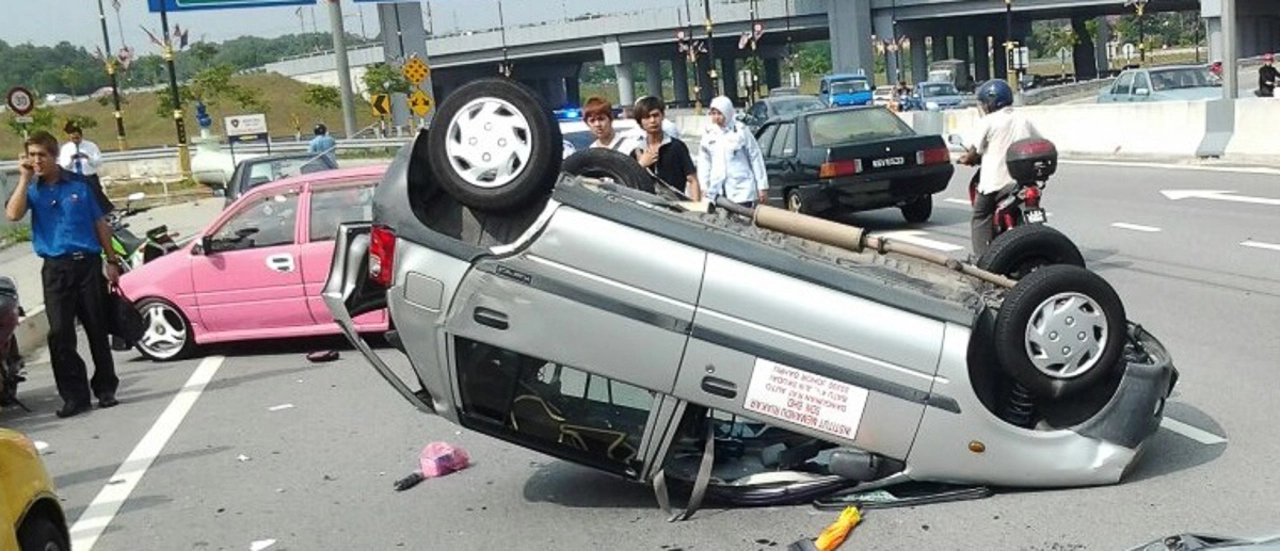Traffic Safety: Staying Safe on Indian Roads
India’s roads are bustling, colorful, and sometimes chaotic. Whether you’re a daily commuter, a first‑time rider, or a visitor, knowing how to navigate safely can save lives. This guide breaks down the biggest risks and gives you straight‑forward actions you can take right now.
Why Traffic Safety Matters in India
Every year, road accidents claim more than 150,000 lives in the country. A big chunk of those deaths involve young drivers, motorcyclists, and pedestrians who aren’t protected by seatbelts or helmets. The problem isn’t just the number of vehicles; it’s the mix of crowded streets, varying road conditions, and occasional disregard for traffic rules. Understanding the scale helps you see why a simple habit – like checking your mirrors before you turn – can make a huge difference.
Practical Tips for Safer Driving
1. Buckle up and wear a helmet. It sounds obvious, but many people skip this step. Seatbelts and helmets reduce serious injuries by up to 50% in a crash. Keep them on for the whole trip, even if you’re only driving a short distance.
2. Keep a safe distance. Indian traffic often moves in clusters, but tailgating leaves you less time to react. Aim for at least a two‑second gap in clear weather; add extra space when it’s rainy or foggy.
3. Use lights wisely. Turn on your vehicle’s low beams at dusk and during bad weather. High beams can blind oncoming drivers and increase the chance of an accident.
4. Stay alert at intersections. Many collisions happen at junctions where drivers assume right‑of‑way. Always look both ways, even if you have a green light, and watch out for cyclists and motorbikes that may be in blind spots.
5. Avoid distractions. Mobile phones, loud music, and even eating while driving can pull your focus away from the road. If you need to check a map or answer a call, pull over safely first.
6. Respect speed limits. Speed limits are set for a reason – they give you more time to stop or steer around obstacles. In cities, keep under 50 km/h; on highways, 80‑100 km/h is usually safe.
7. Maintain your vehicle. Regular checks on brakes, tires, and lights keep your car or bike road‑ready. A worn-out tire can cause a sudden blowout, especially on uneven surfaces.
8. Be extra careful in bad weather. Monsoon rains make roads slippery and reduce visibility. Slow down, avoid abrupt braking, and steer clear of standing water that can hide potholes.
9. Look out for pedestrians. Sidewalks in many towns are narrow or non‑existent, so people often walk along the road. Give them space, especially near schools and markets.
10. Stay calm and courteous. Horns and aggression only raise stress levels and lead to risky maneuvers. A polite wave or a simple “thank you” can defuse tense moments.
Applying these habits doesn’t require special training – just a little mindfulness each time you get behind the wheel. Over time, safe practices become second nature, and you’ll notice fewer close calls.
Remember, traffic safety is a shared responsibility. When you protect yourself, you also protect fellow commuters, cyclists, and pedestrians. So next time you step onto India’s busy roads, bring these tips with you and drive with confidence.
In my opinion, the major cause of road accidents in India is the lack of proper road infrastructure and traffic management. Overcrowded roads, poorly maintained vehicles, and a general disregard for traffic rules contribute significantly to the problem. Additionally, the lack of stringent law enforcement and penalties for traffic violations allows these issues to persist. Furthermore, insufficient driver training and awareness of road safety measures exacerbate the situation. I believe that by addressing these factors, we can significantly reduce the number of road accidents in India.
